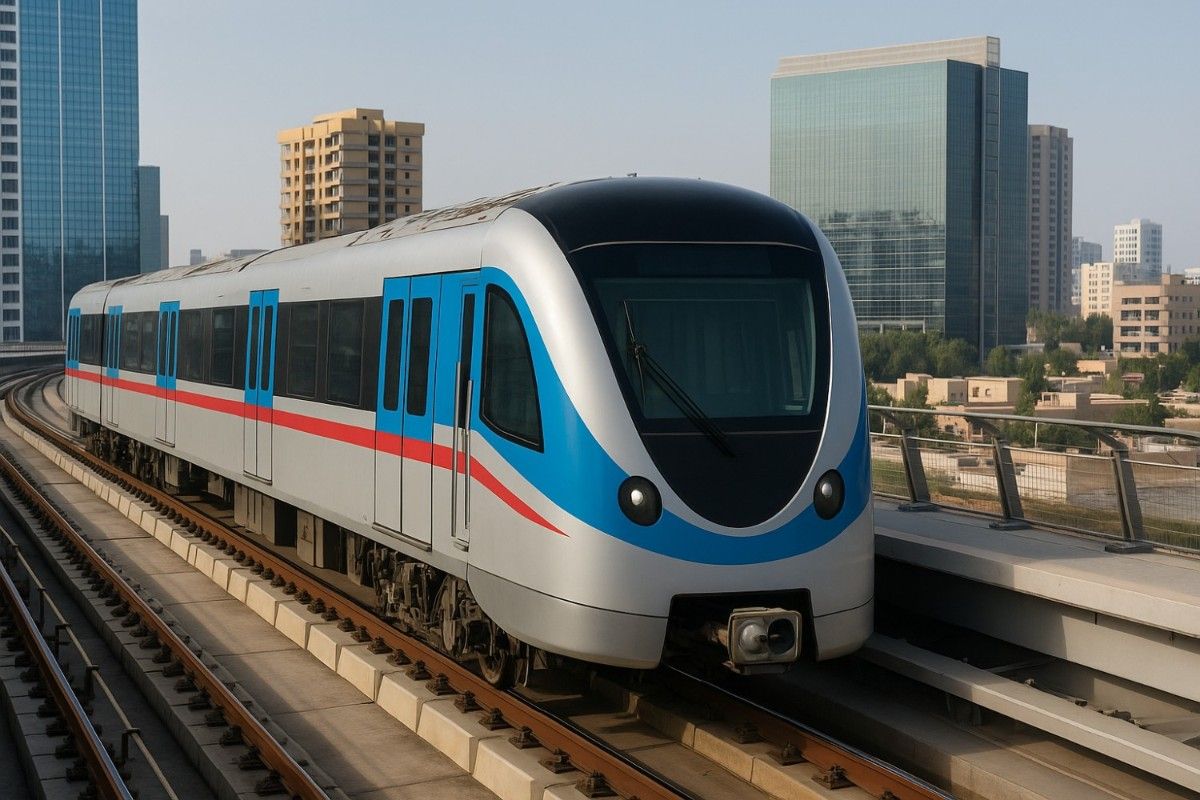Raipur Metro: A Major Step Toward Smart Urban Transport
The Raipur Metro project is set to transform the capital of Chhattisgarh into a modern, connected city. This metro system will link Raipur with Durg, helping commuters travel faster and easier. With this project, Chhattisgarh aims to boost economic activity and urban mobility.
State Capital Region to Drive Urban Growth
Under the newly passed Chhattisgarh Rajdhani Kshetra Vikas Pradhikaran Bill 2025, the State Capital Region (SCR) will be developed. It includes Raipur, Bhilai, Durg, and Naya Raipur. These cities will be integrated under one planning authority. The Raipur Metro is a vital part of this vision.
Why Raipur Needs a Metro
The population in the region is expected to cross 50 lakh by 2031. Current transport systems may not handle that load. The Raipur Metro offers a long-term solution to this problem. It will help reduce road congestion and improve daily commuting experiences.
Government’s ₹5 Crore Budget Allocation
The state government has allocated ₹5 crore to conduct surveys and prepare the Detailed Project Report (DPR) for the Raipur Metro. This is the foundation for finalizing routes, costs, and technology involved.
Chief Minister’s Vision for Raipur Metro
Chhattisgarh Chief Minister Vishnu Deo Sai has prioritized smart, eco-friendly development. The Raipur Metro is his government’s flagship transport project. The project is expected to act as a growth engine for the state.
Environment-Friendly and Efficient
Raipur Metro is being planned with sustainable practices. It will include solar-powered stations, energy-efficient trains, and smart ticketing systems. These features make it both people-friendly and environmentally responsible.
How Raipur Metro Will Impact Daily Life
Traveling from Raipur to Durg can take over an hour during peak hours. The metro will reduce this time to just 25–30 minutes. This improvement will benefit office-goers, students, and tourists.
Better Connectivity Between Cities
The Raipur Metro will serve key urban hubs like Bhilai, Durg, and Naya Raipur. Improved access will boost commerce, education, and healthcare in the entire region. Businesses will benefit from smoother logistics.
SCR Authority to Oversee Metro Development
The SCR authority will supervise all major projects, including the metro. It will include urban planners, engineers, environmental experts, and district collectors. This ensures efficient planning and timely execution.
Special Committee Structure
A dedicated executive committee will manage the Raipur Metro project. The Chief Executive Officer (CEO) will lead the operations. Various departments like urban administration and environment will work in coordination.
Funding and Resource Mobilization
Apart from the initial ₹5 crore, more funds will be raised for project execution. The SCR authority will have the right to impose special urban infrastructure cesses. It may also attract private investment and loans from global agencies.
Creating New Job Opportunities
The Raipur Metro project will generate employment across several sectors. Engineers, architects, IT experts, and construction workers will all find opportunities. Indirect jobs in hospitality and retail will also rise.
Public Involvement and Transparency
Public participation is key to the Raipur Metro’s success. The state government plans to organize public consultations. Citizens will have a chance to share their inputs about stations, connectivity, and services.
Annual Review and Progress Reports
The SCR authority will prepare and submit an annual report to the state. This ensures transparency and helps track progress. Each phase will be evaluated based on performance indicators.
Metro Corridor and Route Planning
The DPR will define the final route, but it is expected to cover high-density areas. Connectivity to educational hubs, business districts, and residential colonies is a priority. Easy last-mile access will also be integrated.
Digital Integration with Urban Systems
Metro cards, mobile apps, and real-time tracking will be part of the service. The Raipur Metro aims to provide a smart, seamless commuting experience. These features will align it with top global metro systems.
Tourism and Real Estate Will Benefit
Improved transport will attract more tourists to Raipur and nearby cities. Cultural and historical sites will become easier to access. Property prices near metro stations are also likely to rise, encouraging real estate development.
Learning from Other Indian Metro Projects
Cities like Delhi, Hyderabad, and Ahmedabad have benefited greatly from metro systems. Raipur Metro is learning from these successes. Local needs are being studied to adapt the model accordingly.
Green Technology and Energy Efficiency
Every aspect of the Raipur Metro will focus on sustainability. Stations will use solar energy. Water conservation systems will be installed. Construction practices will follow green building norms.
Scalability for Future Expansion
Urban growth does not stop. That’s why Raipur Metro is being planned with scalability. Future extensions will connect new suburbs and industrial zones. This long-term thinking ensures continued relevance.
Metro Project as a Symbol of Progress
Raipur Metro is more than a transport solution. It represents Chhattisgarh’s progress toward becoming an economic hub. This project positions the capital among India’s fast-growing urban centers.
Leadership and Governance
The Chief Minister will head the SCR authority. Other members include ministers, chief secretaries, local MLAs, and four elected public representatives. The authority will function like similar boards in Delhi and Hyderabad.
Looking Ahead: The Road to 2031
With a population target of over 50 lakh, Raipur must evolve. The Raipur Metro project is a strategic step in that direction. It will help build a cleaner, smarter, and more connected urban future.
Conclusion: A Bold Leap Forward
The Raipur Metro is an ambitious yet necessary step. It shows that Chhattisgarh is ready to invest in its people and future. The project will set new standards for urban development in central India.
